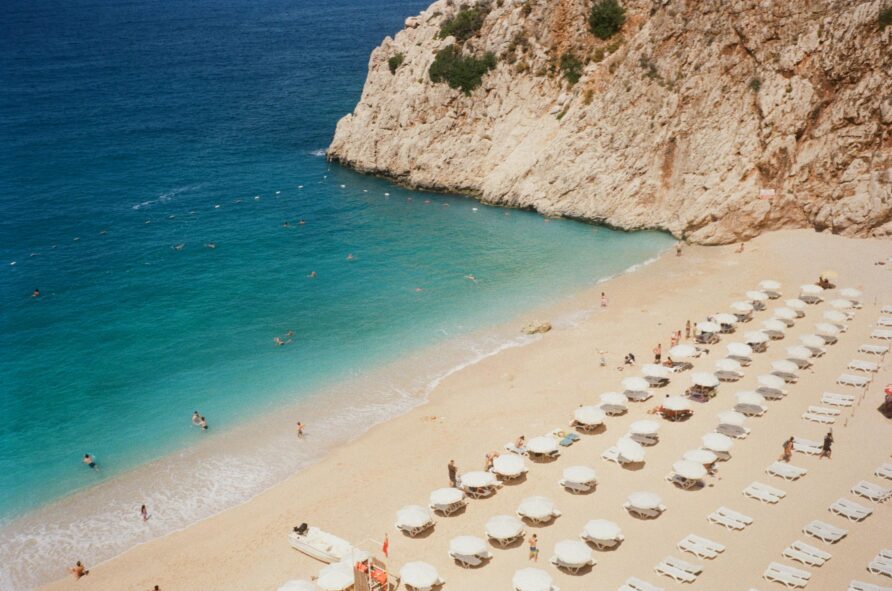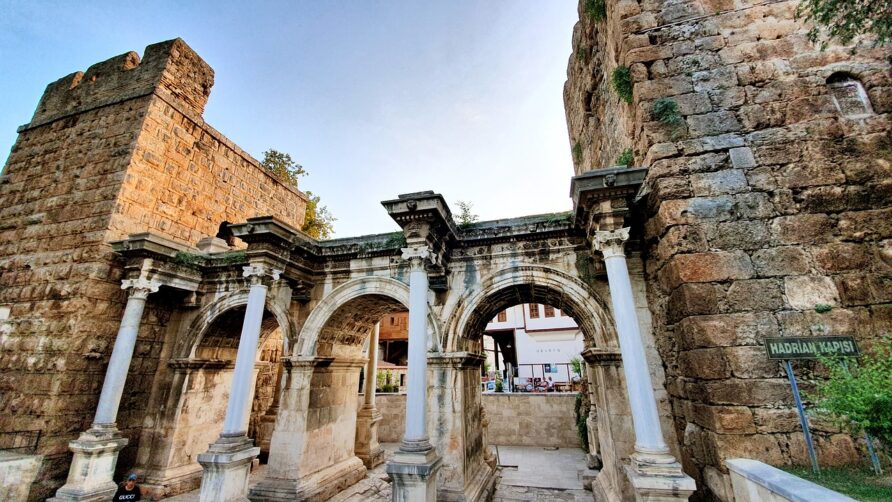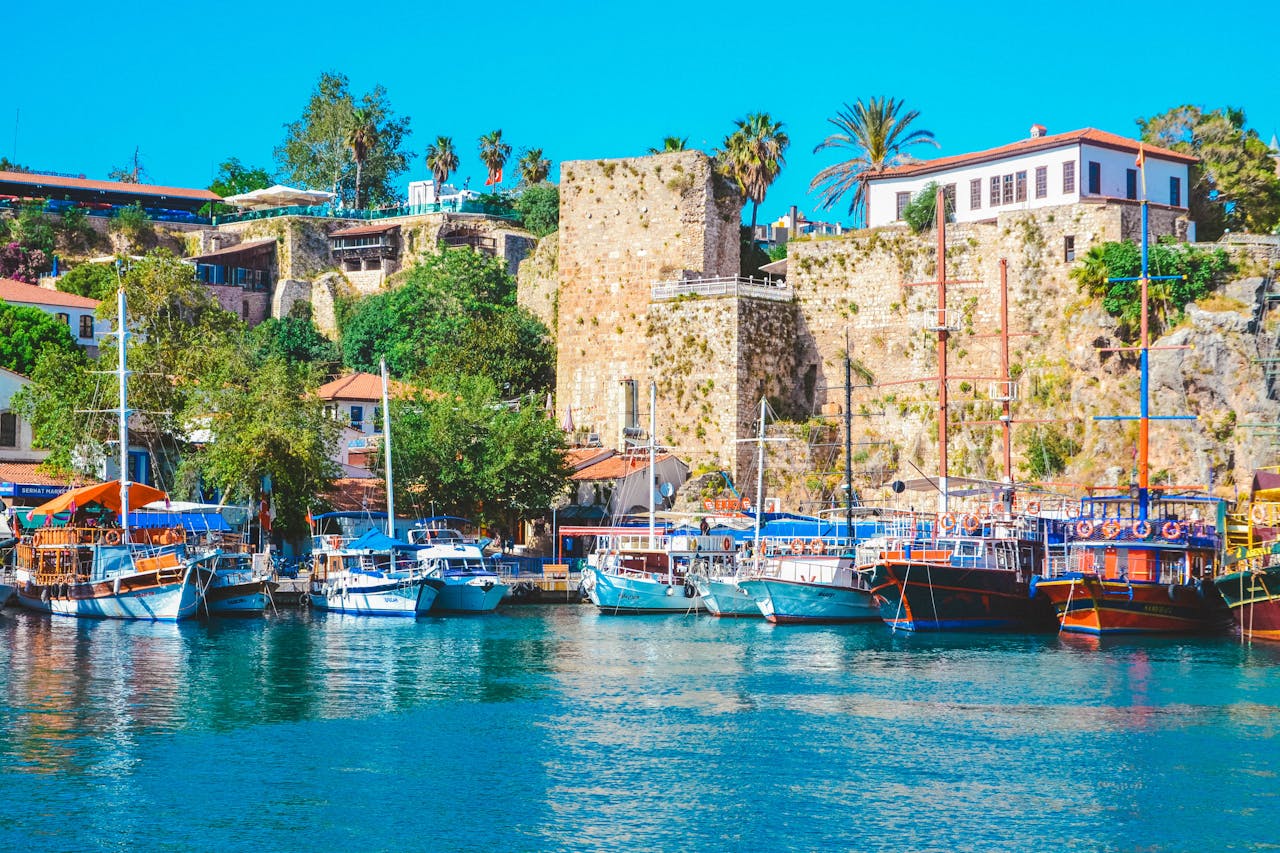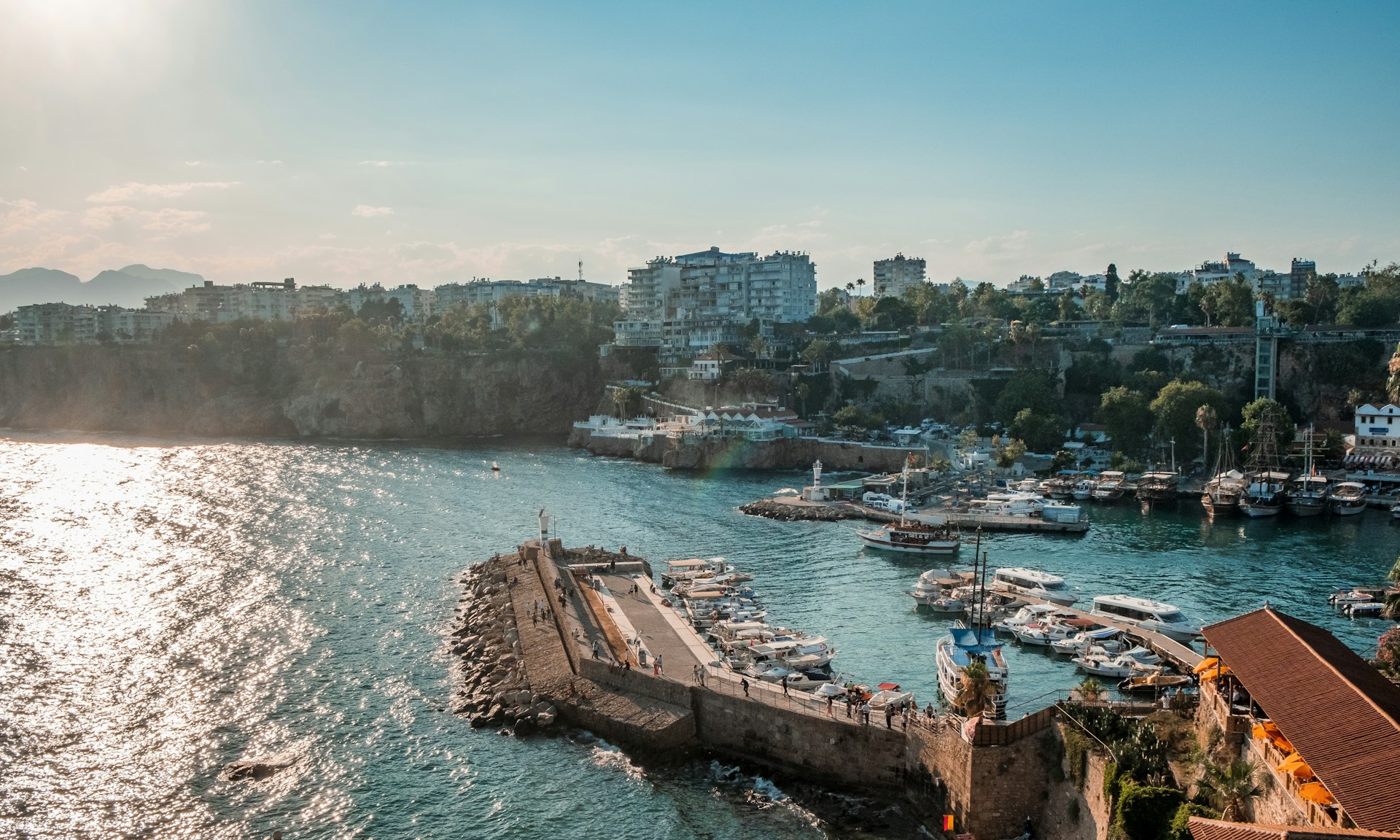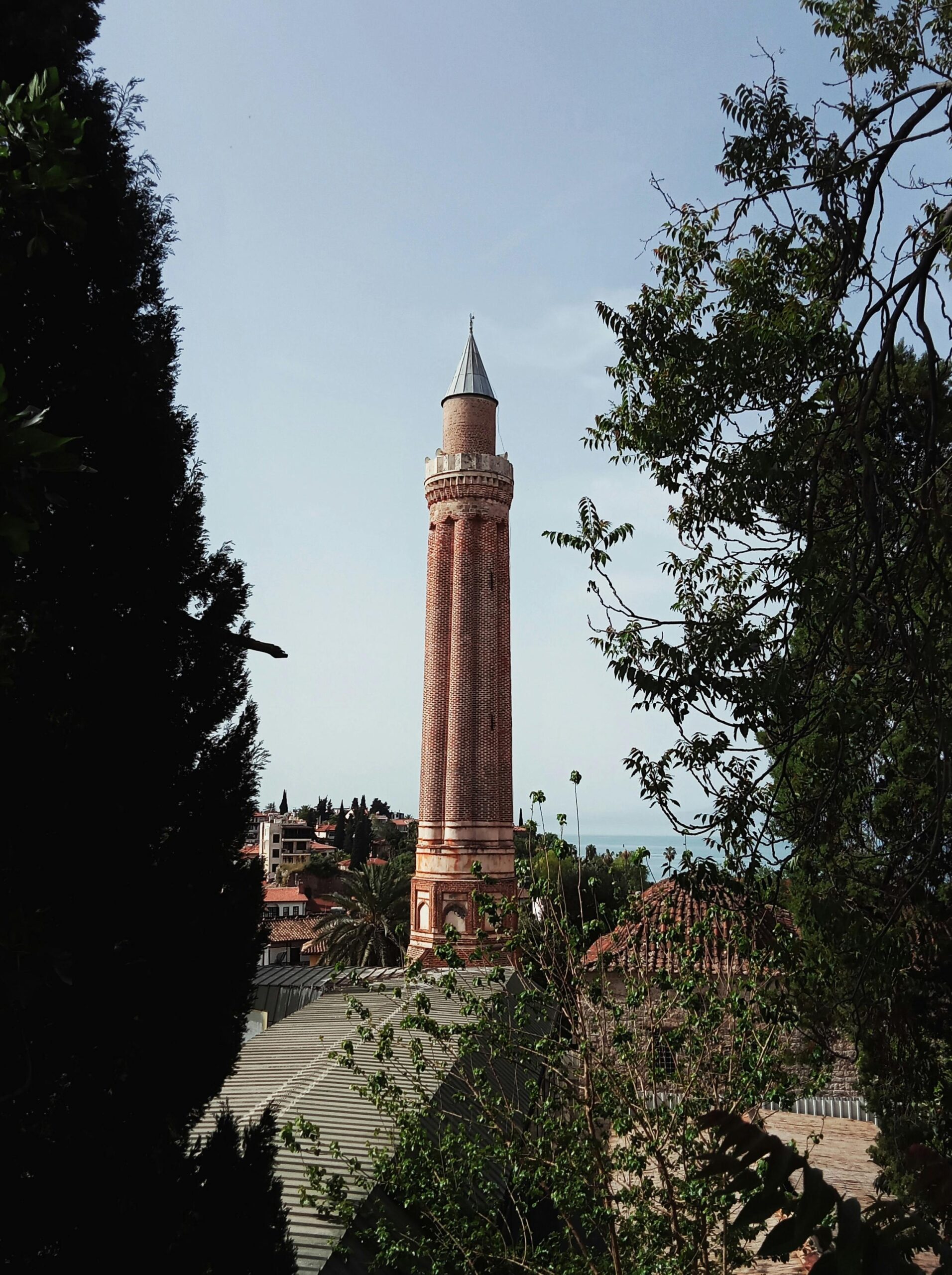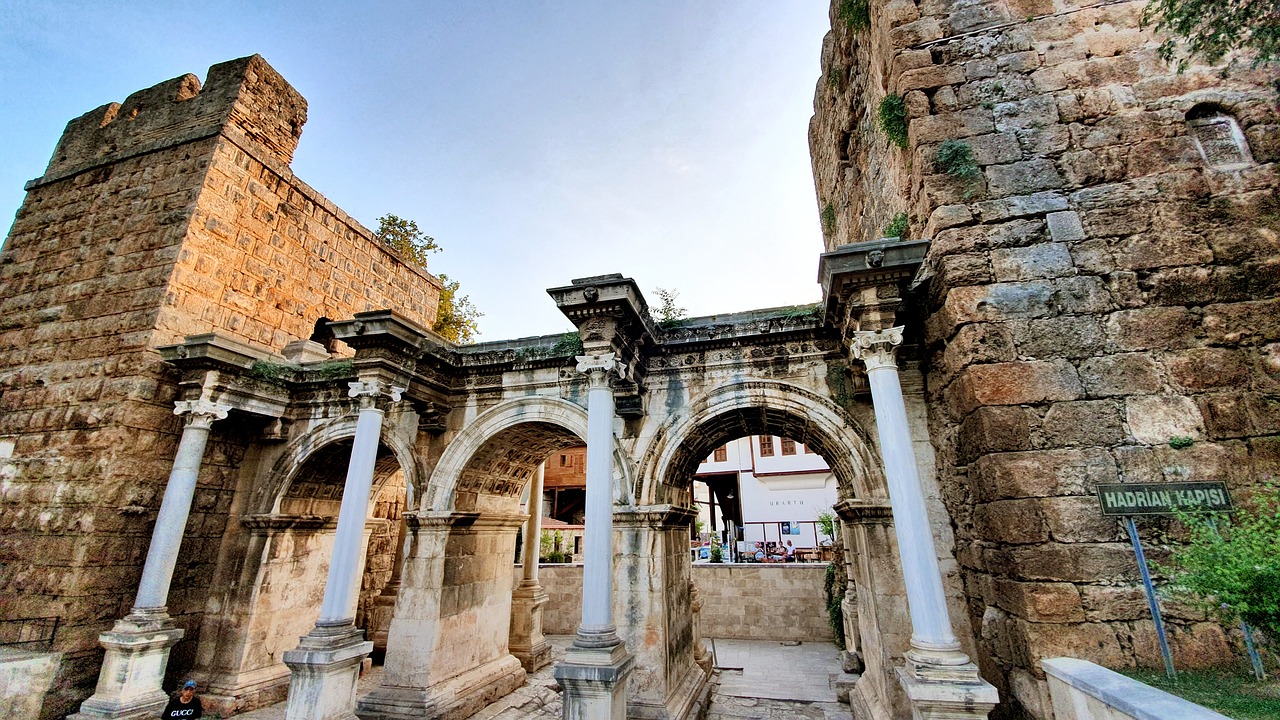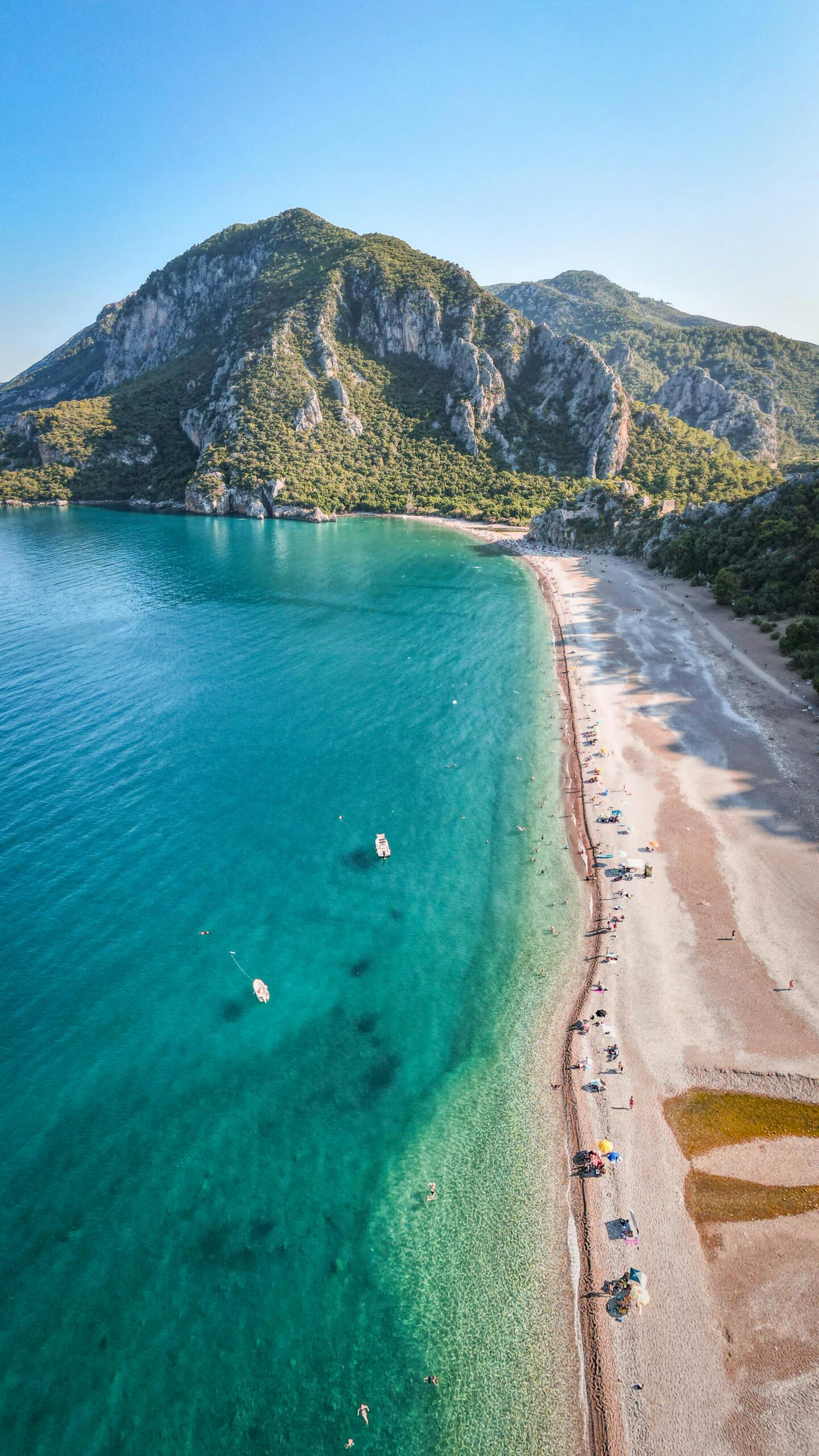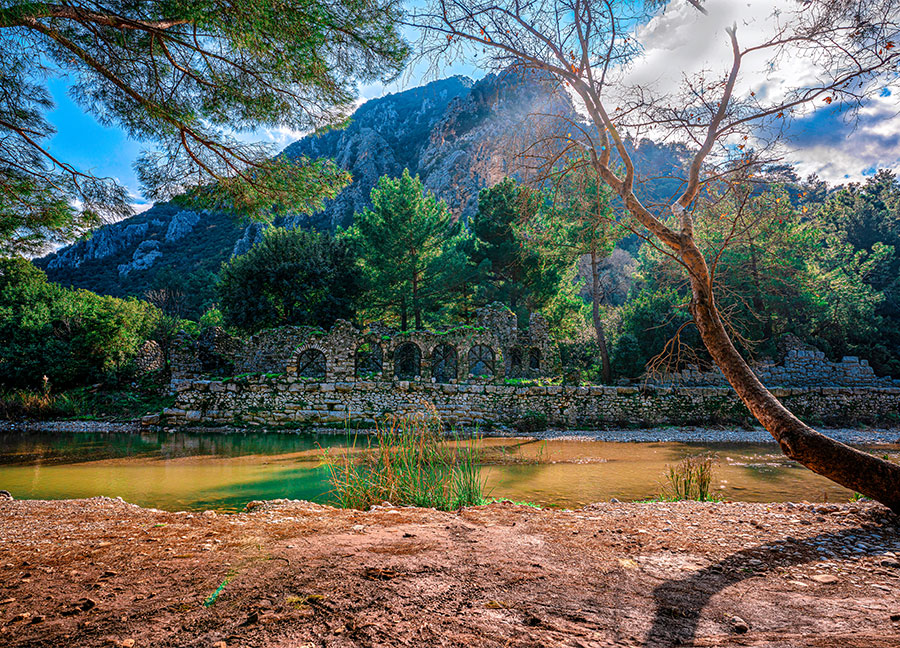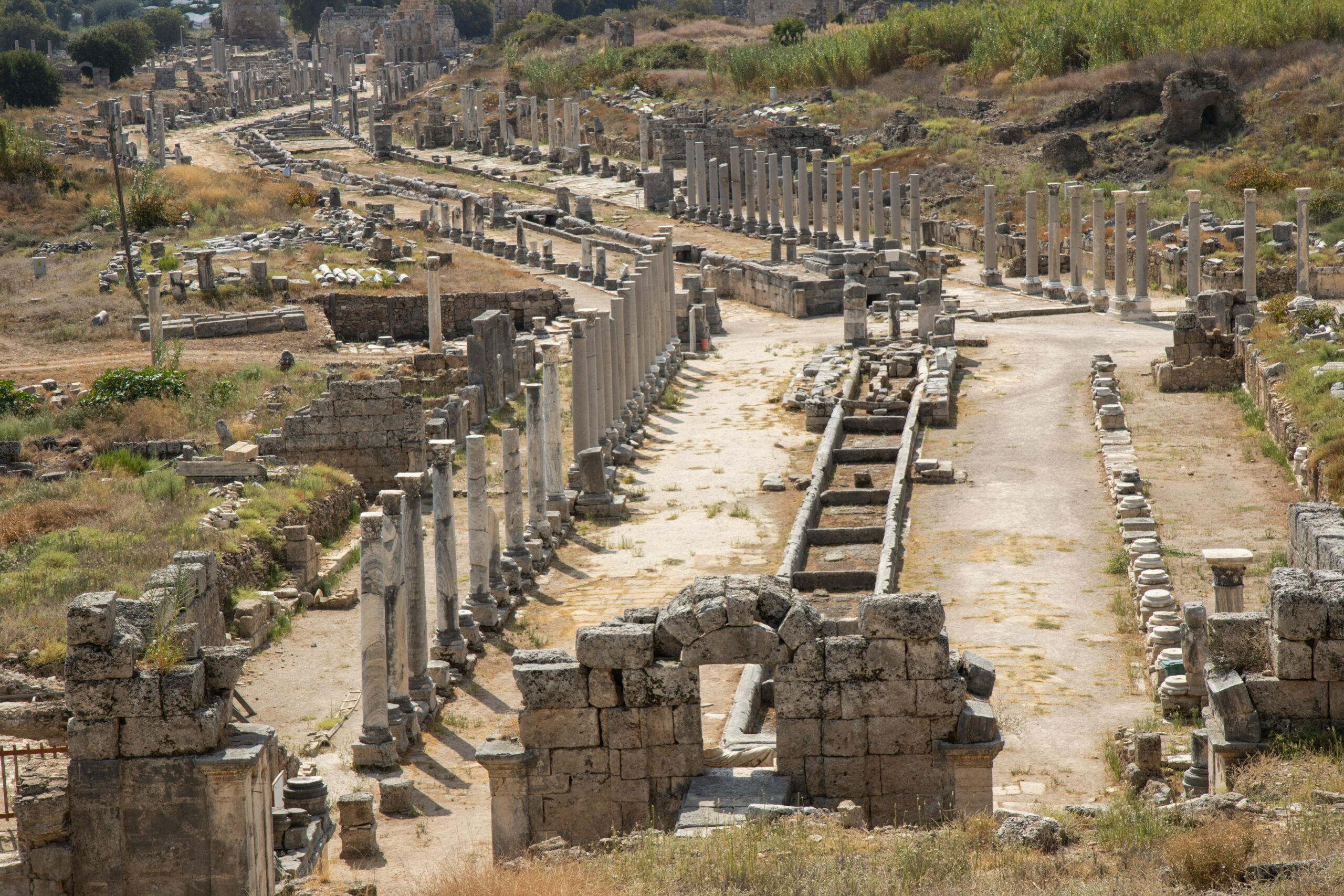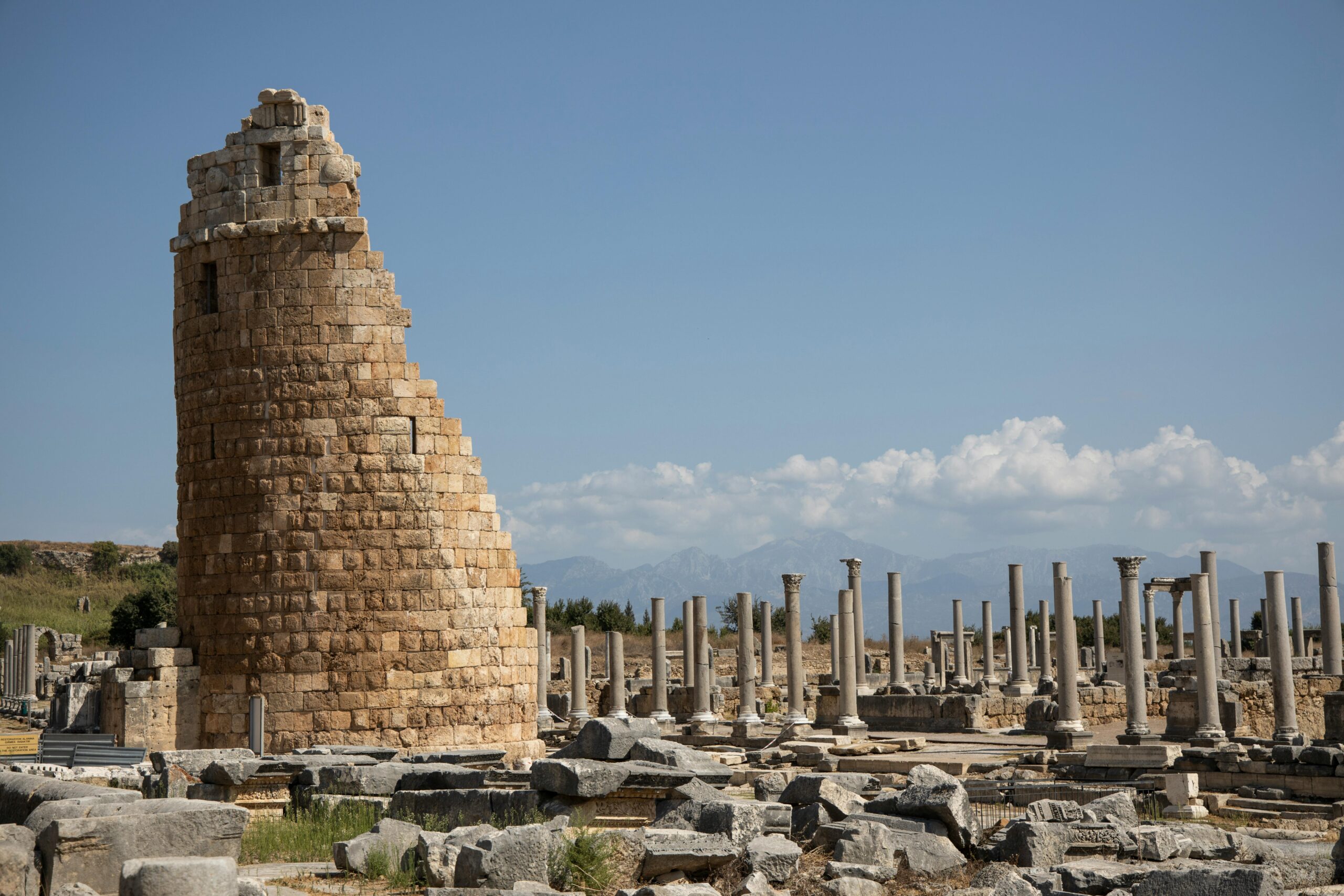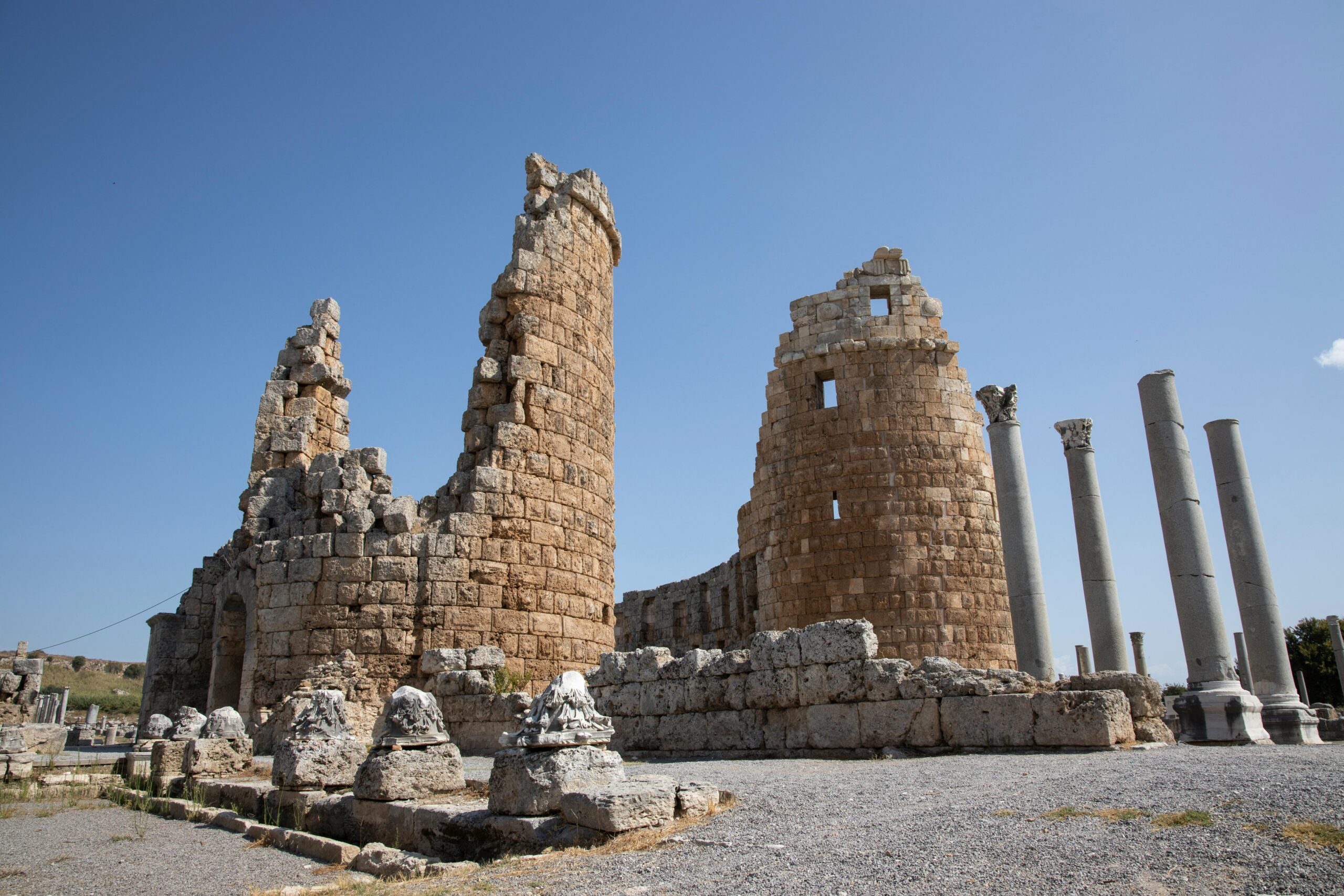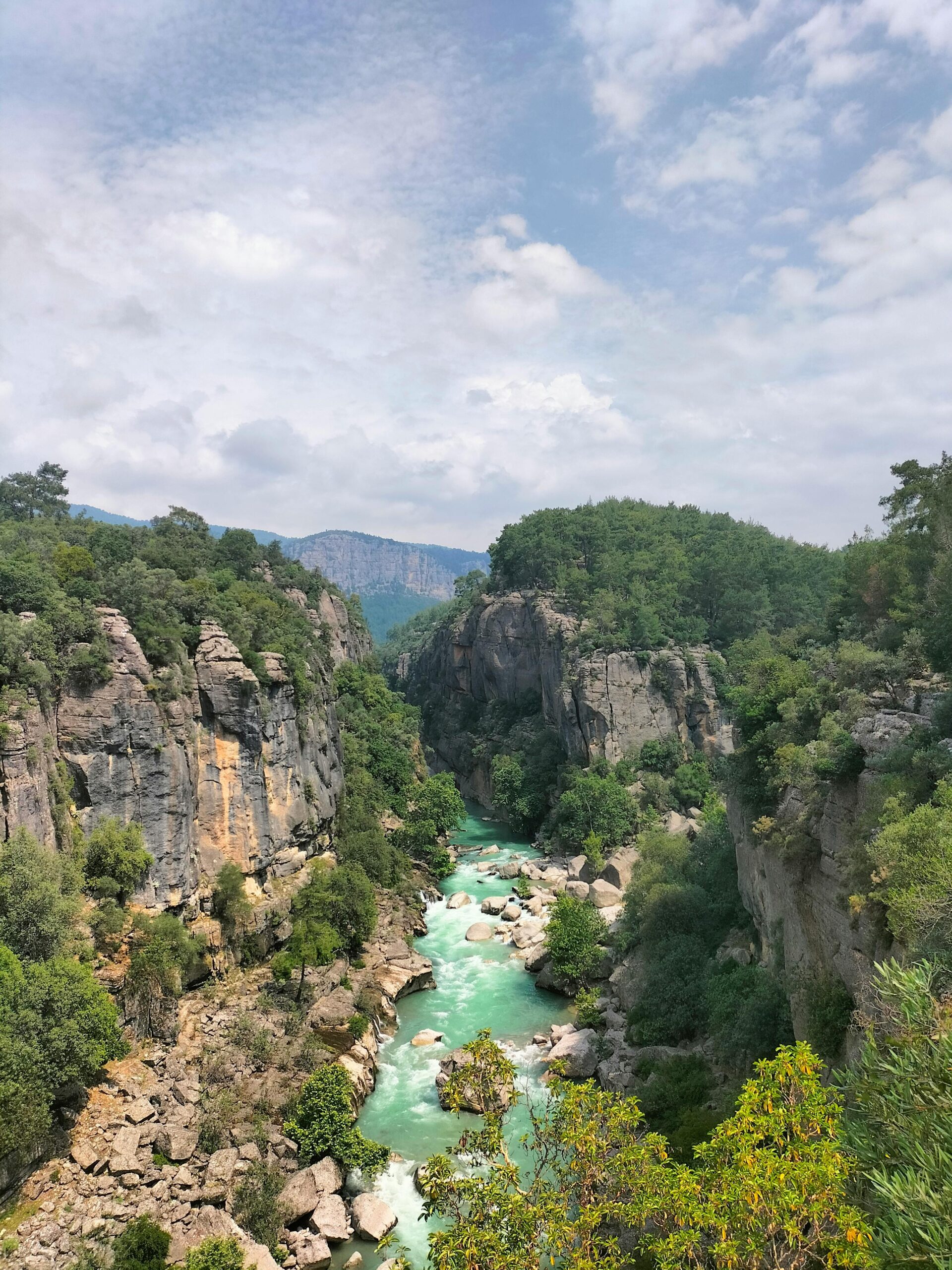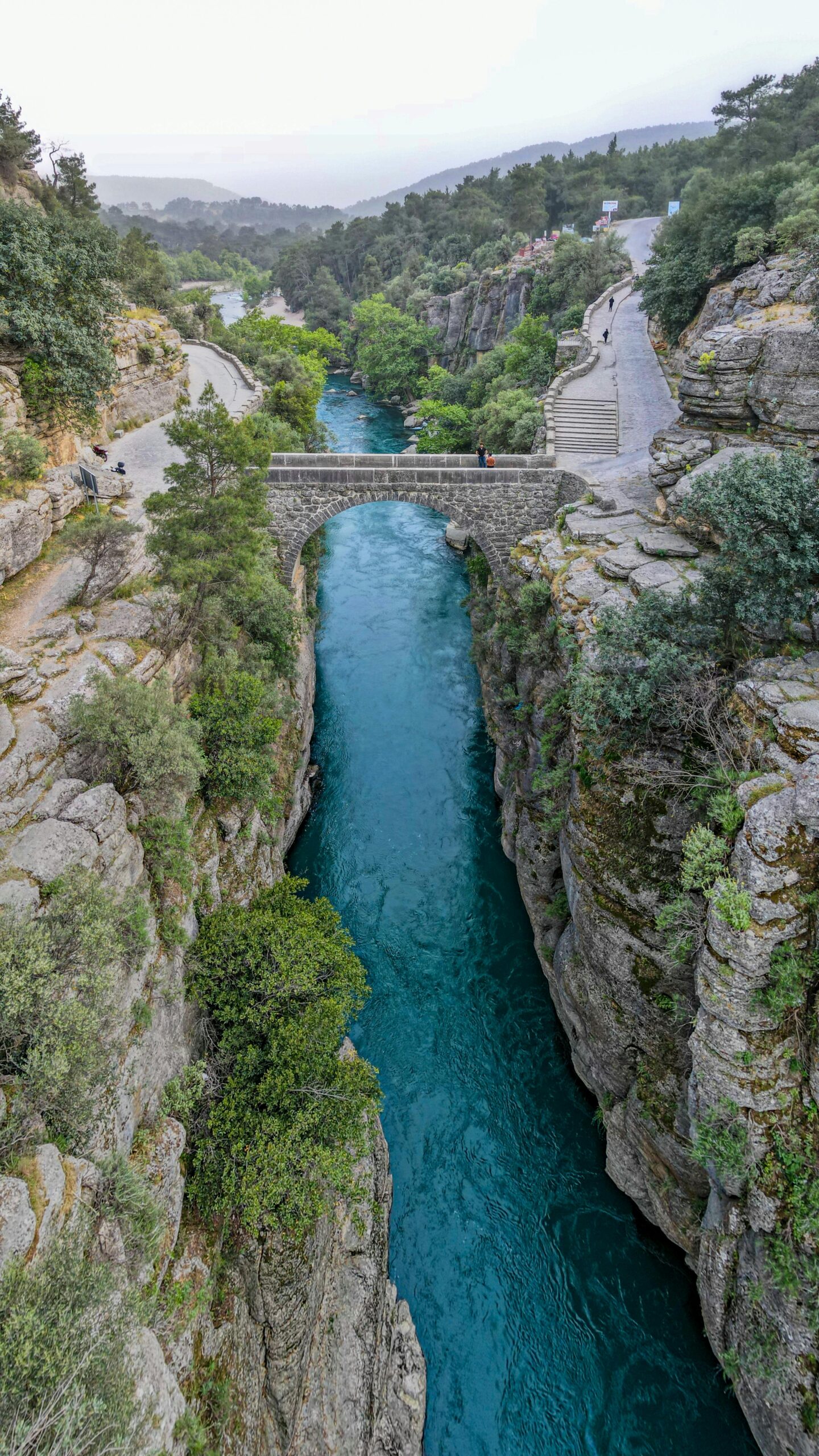Planning a family vacation in Antalya? Great choice! This beautiful Mediterranean city is packed with fun, educational, and interactive attractions for kids of all ages. Here are some of the best child-friendly activities to enjoy with your little ones.
Continue reading “Top Family Activities in Antalya for an Memorable Holiday”Author: holicas_admin
Top Places to see in Antalya
Kaleiçi (Old Town)
Welcome to Kaleiçi, Antalya’s Timeless Jewel
Nestled in the heart of Antalya, Turkey’s Mediterranean gem, Kaleiçi is a living museum that whispers the stories of ancient empires. This enchanting old town combines Roman, Byzantine, Seljuk, and Ottoman influences with cobblestone streets, historic mansions, and a vibrant cultural atmosphere. Whether you’re a history lover, a foodie, or simply looking for an unforgettable stroll through time, Kaleiçi promises an experience like no other.
Why Visit Kaleiçi?
Kaleiçi, meaning “Inside the Castle” in Turkish, is the historical center of Antalya. This area was once a walled city and served as the main settlement during the Roman, Byzantine, and Ottoman periods. Today, it is one of the most visited attractions in the city due to its:
- Rich cultural heritage
- Stunning Ottoman and Roman architecture
- Charming boutique hotels and traditional houses
- Scenic harbor views and sunsets
- Lively cafes, art galleries, and souvenir shops
Top Things to Do in Kaleiçi
1. Hadrian’s Gate
Built in honor of Emperor Hadrian’s visit in 130 AD, this triple-arched gate is a striking example of Roman architecture. It serves as the main entrance to Kaleiçi and is a perfect spot for photography lovers.
2. Explore the Old Streets
Wander through narrow, winding alleys lined with restored Ottoman-era houses, colorful bougainvillea, and handmade crafts. Each corner tells a story, making it a dream for Instagrammers and history buffs alike.
3. Visit the Clock Tower (Saat Kulesi)
A key landmark of Antalya, the Clock Tower marks the boundary between modern Antalya and historic Kaleiçi. It’s a great starting point for your walking tour.
4. Yivli Minaret Mosque
This iconic fluted minaret, built in the 13th century, is one of Antalya’s oldest and most recognizable landmarks. It reflects the early Islamic architecture of the Seljuk period.
5. Kaleiçi Marina
Relax by the marina, where you can enjoy a Turkish tea with a sea breeze or hop on a short boat tour to admire Antalya’s cliffs and beaches from the water.
6. Hidirlik Tower
This ancient Roman tower offers a panoramic view of the Mediterranean Sea and is a perfect spot to watch the sunset.
7. Suna & İnan Kıraç Kaleiçi Museum
Dive deeper into the history and daily life of Kaleiçi’s former residents in this beautifully preserved Ottoman mansion turned museum.
Where to Eat in Kaleiçi
From cozy Turkish meyhanes to stylish rooftop restaurants, Kaleiçi is a foodie’s paradise. Don’t miss:
- Vanilla Lounge – Creative Mediterranean cuisine with a modern twist
- Seraser Fine Dining – Romantic ambiance with Ottoman and international dishes
- Balıkçı Meyhanesi – Fresh seafood and live Turkish music by the harbor
- Ayar Meyhanesi – Local meze and raki in a lively traditional setting
Aspendos Ancient City
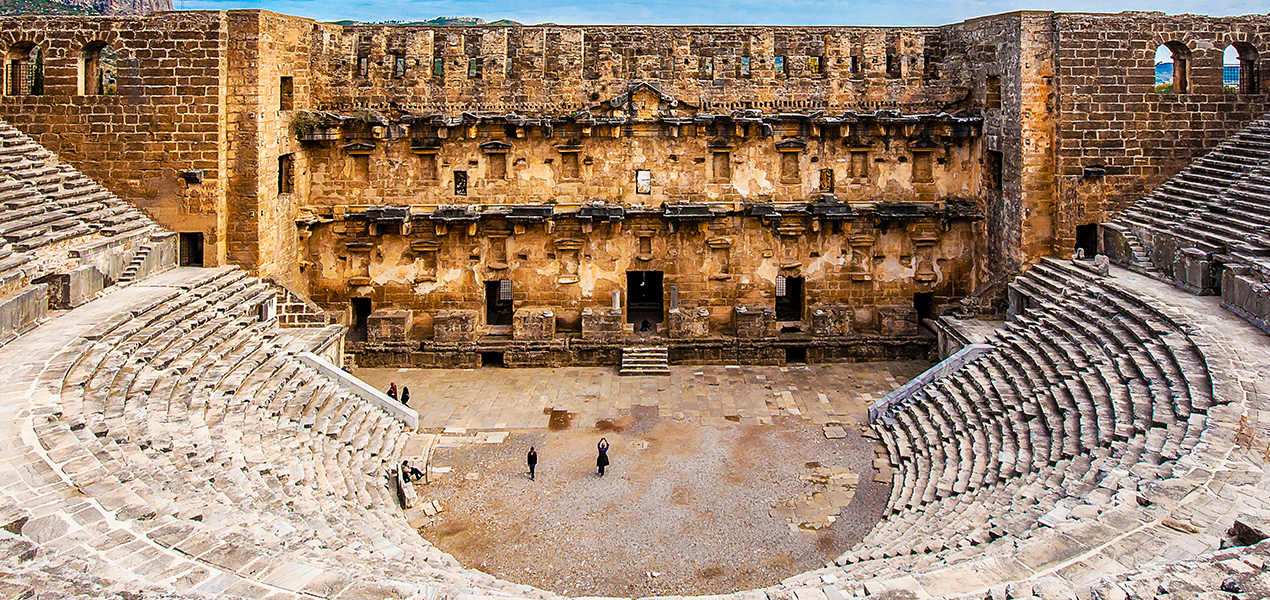
Step Back in Time at Aspendos: The Best Preserved Roman Theater in the World
Welcome to Aspendos, a Timeless Masterpiece
Just 45 kilometers east of Antalya, Aspendos Ancient City stands as one of the greatest legacies of the Roman Empire. Famous for having the best-preserved Roman theater in the world, Aspendos is a must-see for history lovers, culture enthusiasts, and anyone who wants to walk in the footsteps of ancient civilizations. With its awe-inspiring architecture and fascinating history, Aspendos is not just a ruin — it’s a journey through time.
The History of Aspendos: A City of Wealth and Culture
Aspendos was founded around 1000 BC by the ancient Greeks and later became a prosperous city under Roman rule. Located near the Eurymedon (Köprüçay) River, it became a major commercial and cultural hub due to its location on important trade routes.
During the 2nd and 3rd centuries AD, Aspendos reached its peak in wealth and fame. The city minted its own coins and became known for its horses, olives, and salt. But its most impressive achievement was its theater, commissioned during the reign of Emperor Marcus Aurelius and built by architect Zenon, a native of Aspendos.
Highlights of Aspendos Ancient City
1. Aspendos Theater
The crown jewel of Aspendos is its majestic Roman theater, built in 155 AD. With a seating capacity of 15,000 to 20,000 people, it is still used today for concerts, opera festivals, and performances thanks to its incredible acoustics.
✅ Fun fact: You can hear a whisper from the stage even at the top tier — without a microphone!
2. The Acropolis and Agora
Climb the hill behind the theater to explore the remains of the acropolis, where the ancient agora (marketplace), basilica, and fountains once stood. This area offers stunning views of the landscape and ruins.
3. Roman Aqueducts
A short walk from the theater reveals the ruins of the impressive Roman aqueduct system that once brought fresh water from the mountains to the city — an extraordinary feat of engineering for its time.
4. Stadium and Baths
Though only fragments remain, you can also visit what’s left of the stadium, baths, and gymnasium where citizens once gathered for sport and leisure.
Why Aspendos Is a Must-Visit
- Unmatched Preservation: The theater is remarkably intact after nearly 2,000 years.
- Cultural Events: The Aspendos International Opera and Ballet Festival is held here every summer.
- Great for Families & History Buffs: A fascinating stop for all ages.
- Photo Opportunities: The site provides incredible shots for travelers, especially at sunset.
How to Get to Aspendos
- From Antalya City Center:
- By car: ~45 minutes (via D400 highway)
- By tour: Many local companies offer daily excursions.
- By public transport: Take a bus to Serik, then a taxi or minibus to Aspendos.
Visiting Hours (as of 2025)
- Opening Hours:
- Summer: 08:30 – 20:00
- Winter: 08:30 – 17:30
- Tip: Arrive early or just before sunset to avoid the heat and crowds.
Tips for Visiting Aspendos
- Wear Comfortable Shoes: You’ll be walking on uneven stones and stairs.
- Bring Water & Sun Protection: The area can get very hot, especially in summer.
- Respect the Site: As a UNESCO World Heritage candidate, Aspendos deserves your care.
- Combine with Nearby Sites: Pair your trip with Perge Ancient City or Side for a full day of ancient exploration.
Olympos Ancient City
Discover the Enigmatic Ruins of Olympos Ancient City in Antalya
IWhere Nature Meets Myth — Welcome to Olympos
Tucked away in a lush valley along Turkey’s stunning Mediterranean coast, Olympos Ancient City is a place where ruins, legends, and nature exist in perfect harmony. Located in the province of Antalya, near the village of Çıralı, Olympos offers a rare combination of ancient history, mystical atmosphere, wild beaches, and untouched landscapes. Once home to pirates, philosophers, and gods, this ancient Lycian city is now a favorite escape for travelers seeking something different.
A Glimpse into Olympos History
Founded in the Hellenistic period, Olympos became one of the six major cities of the Lycian League, an ancient democratic federation. By the 2nd century BC, it was a thriving maritime city — but it also attracted pirates due to its strategic location. Later, it fell under Roman rule, and Emperor Hadrian visited the city in 131 AD, leading to the construction of a monumental gate in his honor.
Throughout its history, Olympos was a blend of Greek, Roman, and Byzantine cultures, and it remained an active settlement until the Middle Ages. Today, its ruins lie scattered among wild fig trees, bamboo forests, and the soothing sound of a nearby stream.
Top Things to See in Olympos Ancient City
1. The Roman Theater
Though partially buried by vegetation, the remnants of the Roman theater give visitors a sense of the city’s past grandeur and cultural life.
2. Hadrian’s Gate
A ruined but recognizable gateway built for Emperor Hadrian’s visit, this structure marks one of the main entrances into the ancient city.
3. Bathhouses and Temples
Discover ancient Roman baths, stone sarcophagi, and temples dedicated to local and Roman gods, all slowly being reclaimed by nature.
4. Necropolis
Located across the river, the necropolis includes elaborate tombs carved into the rock — a defining feature of Lycian architecture.
5. The Ancient Harbor
Now overgrown, the former harbor was once a vital part of Olympos’ economy and a common stop for ancient sailors and traders.
6. Olympos Beach
After exploring the ruins, relax on Olympos Beach, a secluded stretch of pebbled shoreline framed by forested cliffs. It’s ideal for swimming, sunbathing, or watching the sunset.
Mythology and the Fire of the Gods: Mount Chimaera
Just a short hike from Olympos lies Mount Chimaera (Yanartaş), famous for its eternal flames that burn straight out of the rocky ground. These naturally occurring fires were associated with the mythical Chimera, a fire-breathing monster slain by the hero Bellerophon. The flames have burned for thousands of years and are best visited at night for a magical experience.
Why Visit Olympos?
- Unique Setting: A rare combination of jungle-like nature and ancient ruins
- Secluded Beauty: Less touristy than other ancient cities like Aspendos or Perge
- Adventure-Friendly: Ideal for hikers, photographers, and explorers
- Romantic Atmosphere: A favorite for couples and nature lovers
- Bohemian Vibes: Nearby treehouse hotels and cafes attract a younger, laid-back crowd
How to Get to Olympos
- By Car: Approx. 1.5-hour drive from Antalya (~85 km)
- By Bus: From Antalya Otogar to Kumluca or Olimpos junction, then a shuttle/minibus to the site
- By Tour: Many Antalya-based tours offer daily trips that include Yanartaş and Çıralı
Visiting Hours (as of 2025)
- Hours: Open daily from 08:00 – 19:00 (longer hours in summer)
Travel Tips for Visiting Olympos
- Wear Hiking Shoes: You’ll walk through uneven, rocky, and sometimes muddy trails.
- Bring Water and Snacks: There are limited options inside the site.
- Go Early or Late: Mornings or late afternoons offer cooler weather and fewer crowds.
- Combine Your Trip: Visit nearby Çıralı Beach, Mount Chimaera, or the Lycian Way hiking trail
Perge Ancient City
Step Into the Glory of the Past: A Guide to Perge Ancient City in Antalya, Turkey
Where Ancient Anatolia Lives On
Located just 17 km east of Antalya city center, Perge Ancient City (also spelled Perga) is one of the most impressive and well-preserved archaeological sites in Turkey. Once a thriving Roman metropolis and the hometown of the famous mathematician Apollonius, Perge offers a captivating look into ancient life through wide colonnaded streets, towering gates, intricate mosaics, and monumental architecture.
A Brief History of Perge
Perge was originally founded by the Hittites around 1500 BC, but it reached its peak during the Roman period in the 2nd and 3rd centuries AD. It was an important city of Pamphylia, an ancient region on the southern coast of Asia Minor. Perge became famous not only for its architecture and art, but also for its role in early Christianity — the Apostle Paul is known to have preached here during his missionary journeys.
Highlights: What to See in Perge Ancient City
1. The Roman Theater
With a capacity of over 12,000 spectators, the Roman theater is a grand structure adorned with detailed carvings and reliefs. Though partially damaged, it still reflects the cultural significance of performance and public gatherings in ancient times.
2. The Stadium
One of the best-preserved stadiums of the ancient world, it could host up to 15,000 spectators. The arcaded passageways and seating arrangement offer an exciting glimpse into ancient athletic competitions.
3. The Hellenistic Gate
The grand entrance to Perge is framed by two round towers, giving you a dramatic welcome. Inside the gate lies a monumental courtyard where processions and ceremonies were once held.
4. Colonnaded Main Street
A wide avenue lined with marble columns, once flanked by shops and adorned with water canals, demonstrates the advanced urban planning of the Romans. Walking here feels like strolling through time.
5. Roman Baths
Perge’s thermal baths are particularly well-preserved, complete with changing rooms (apodyterium), hot rooms (caldarium), and cold plunge pools. The underfloor heating system (hypocaust) is still visible.
6. Agora (Marketplace)
This square-shaped forum served as the commercial heart of the city, where merchants, citizens, and philosophers gathered for trade and conversation.
7. Acropolis and Basilica
The upper part of the city includes religious buildings such as the Byzantine Basilica, offering sweeping views and a sense of spiritual heritage.
Why Visit Perge?
- Well-Preserved Ruins: From city walls to aqueducts, Perge retains much of its original layout
- Rich Cultural Layers: Influences from the Hellenistic, Roman, and Byzantine eras
- Easy Access from Antalya: Just 25 minutes by car
- Less Crowded Than Ephesus: More time and space to explore in peace
- Ideal for History Enthusiasts and Photographers
How to Get to Perge Ancient City
- By Car: Around 25 minutes (17 km) from Antalya city center
- By Tram + Walk/Taxi: Take the Antray tram to Aksu, then a short walk or taxi
- By Tour: Many guided tours from Antalya include Perge along with Aspendos and Side
Visiting Hours (As of 2025)
- Visiting Hours: 08:30 – 19:00 (summer), 08:30 – 17:30 (winter)
- Museum Card: Accepted
Travel Tips for Visiting Perge
- Go Early: To avoid both the heat and crowds
- Wear Comfortable Shoes: There’s a lot of walking on ancient stone paths
- Bring Water and Sun Protection: Shade is limited
- Combine Your Trip: Visit nearby sites like Aspendos, Kursunlu Waterfalls, or the Antalya Museum for a full day of cultural exploration
Köprülü Kanyon
Discover the Natural Wonder of Köprülü Canyon: Rafting Paradise in Antalya, Turkey
Introduction: Nature’s Grand Masterpiece in Southern Turkey
Located in the Manavgat district of Antalya, Köprülü Canyon (Köprülü Kanyon in Turkish) is a natural marvel carved by the Köprüçay River over millennia. This breathtaking canyon is not only one of Turkey’s most beautiful national parks, but also one of its most popular adventure tourism destinations, especially for white-water rafting.
Where Nature Meets History
Köprülü Canyon stretches approximately 14 kilometers (8.7 miles) and reaches depths of up to 400 meters (1,300 feet). Surrounded by dense pine forests, towering cliffs, and the crystal-clear Köprüçay River, the canyon lies within the Köprülü Canyon National Park, which covers over 36,000 hectares.
The name “Köprülü” refers to the ancient stone bridge (“Köprü” means “bridge” in Turkish) that spans the canyon — a structure from the Roman era still standing strong today. Nearby, the ruins of the ancient city Selge whisper stories of a bygone era.
Top Things to Do in Köprülü Canyon
1. Rafting on the Köprüçay River
The canyon is famous for its white-water rafting opportunities. The 14 km rafting route is suitable for both beginners and experienced rafters, offering class II to III rapids. It’s safe, fun, and unforgettable.
🌊 Pro Tip: Rafting season runs from April to October. Tours often include gear, lunch, and professional guides.
2. Hiking and Trekking
Numerous trails wind through the canyon and surrounding forests, offering spectacular views, fresh air, and chances to spot wildlife like mountain goats, foxes, and eagles.
3. Visit the Ancient Roman Bridge
This well-preserved 2,000-year-old stone bridge still connects the banks of the river and is a popular photo spot. Walk across it and feel history beneath your feet.
4. Explore the Ancient City of Selge
Hidden in the Taurus Mountains, Selge is an ancient Pisidian city with remnants of a theater, agora, cisterns, and temples. It’s less visited, so you’ll likely have the ruins all to yourself.
5. Picnicking and Swimming
Designated picnic areas and riverside spots make for a perfect day in nature. In summer, the river is cold but refreshingly swimmable.
How to Get to Köprülü Canyon
- By Car: About 90 km (~1.5 hours) from Antalya city center. Take the D400 highway toward Manavgat, then follow signs for Beşkonak.
- By Tour: Many full-day tours include rafting, lunch, and sometimes a visit to Selge.
- By Public Transport: Limited options available; renting a car or joining a tour is more practical.
Entrance Fee and Opening Hours (As of 2025)
- Entrance to Köprülü Canyon National Park: Free
- Rafting Tours: Prices range from $20 to $40 USD, depending on the package
- Best Visiting Time: May to October for rafting, spring and autumn for hiking
Why Visit Köprülü Canyon?
- Thrilling Outdoor Adventures (Rafting, Ziplining, Canyoning)
- Stunning Natural Landscapes and tranquil forests
- Rich Historical Background with ancient bridges and ruins
- Easy Day Trip from Antalya or Side
- Great for Families, Couples, Solo Travelers
Travel Tips
- 🥾 Wear water-friendly shoes — the riverbed can be slippery
- 🎒 Pack sunscreen, insect repellent, and a waterproof bag
- 📷 Bring a GoPro or waterproof camera for rafting shots
- ❄️ Water is cold even in summer — great for cooling down after hiking

